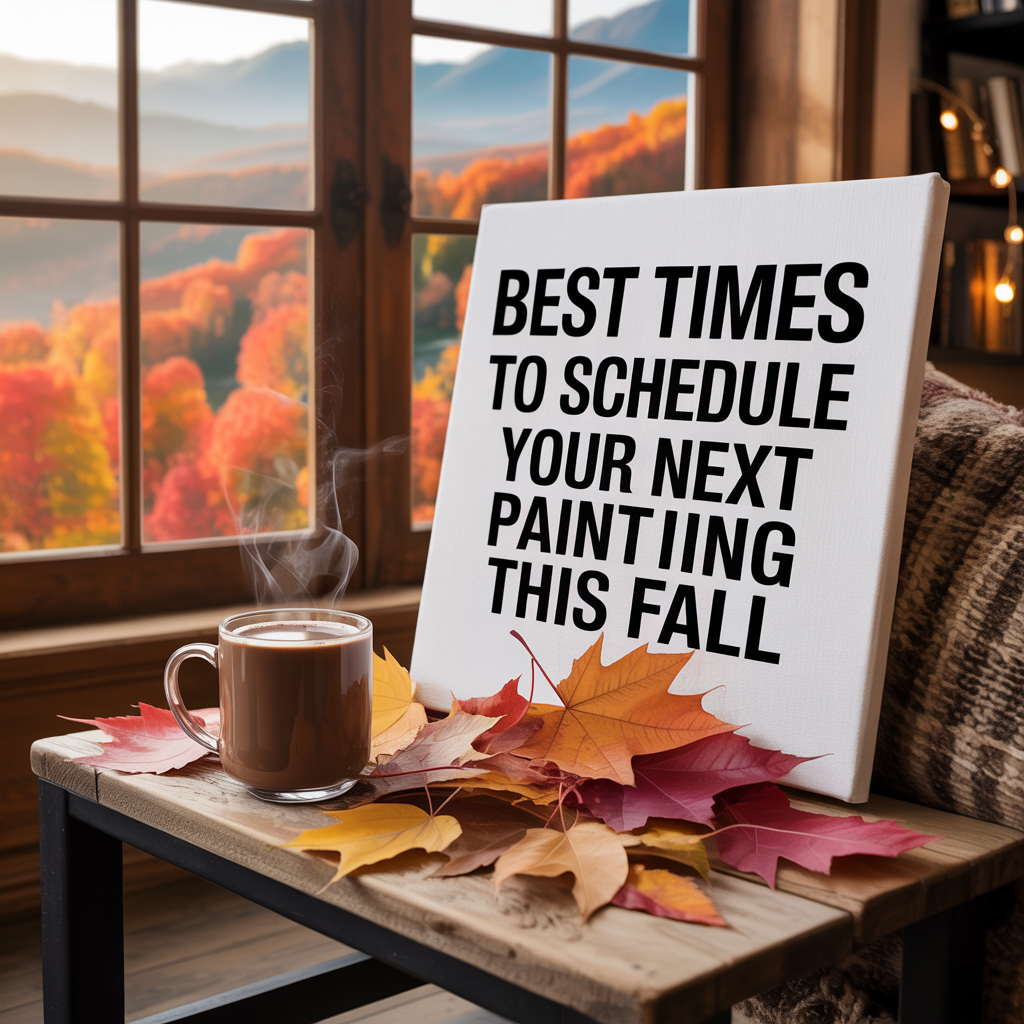
As the leaves begin to change and cooler days settle in, many homeowners start thinking about seasonal maintenance tasks. One important project that often gets overlooked is exterior painting. Choosing the right time of year to tackle this job can make a major difference in how paint adheres, how long it lasts, and how smoothly the process goes. For those looking to refresh their home’s look, fall provides an excellent window of opportunity—if you know how to time it correctly.
Why Fall Is the Perfect Season for Exterior Painting
Fall is often considered the “sweet spot” for exterior painting because of its moderate weather conditions. Unlike the heat of summer or the chill of winter, many fall days offer mild temperatures that allow paint to cure evenly. This steady temperature range gives paints the best chance to bond properly with exterior surfaces, which can extend the life of your paint job significantly. Not only does the climate create a better working environment, but it also means less stress on the paint during its critical drying phase.
Another reason fall is ideal is because of lower humidity compared to hot summer months. Excess moisture in the air can interfere with how paint sets, leading to longer drying times and potentially uneven finishes. In fall, humidity levels typically drop, which allows for smoother application and better end results. Additionally, with leaves falling and plants starting to go dormant, there’s less risk of sap, pollen, or heavy foliage interfering with your work, making the season perfect for exterior maintenance.
Key Weather Factors to Consider Before You Begin
While fall offers many advantages, it’s important to pay attention to specific weather patterns before scheduling your paint job. Ideally, you’ll want days where temperatures stay consistently between 50–85 degrees Fahrenheit, avoiding sudden dips at night. Paint that doesn’t have enough warm time to cure may peel or crack prematurely. It’s also wise to plan painting projects earlier in the fall before colder nights and frosty mornings set in.
Moisture is another critical factor to keep in mind. Even in fall, rainy days or heavy morning dew can delay painting since surfaces must be completely dry before paint can be applied. Checking the forecast for a clear, dry window of two to three days helps ensure that your work won’t be interrupted. By carefully balancing these weather conditions and timing your project well, you’ll not only enhance your home’s curb appeal but also protect your exterior for seasons to come.
Scheduling your painting project in the fall can save you headaches, extend the life of your exterior finish, and ensure a more professional-looking result. By understanding why the season works so well and paying attention to temperature and moisture levels, you’ll be setting your home up for long-lasting beauty and protection. With the right plan, fall painting can be one of the smartest investments you make in your seasonal maintenance routine. Home Castle Painting, Inc., your premiere painter in San Marino, 626.394.1989
Leave a Reply